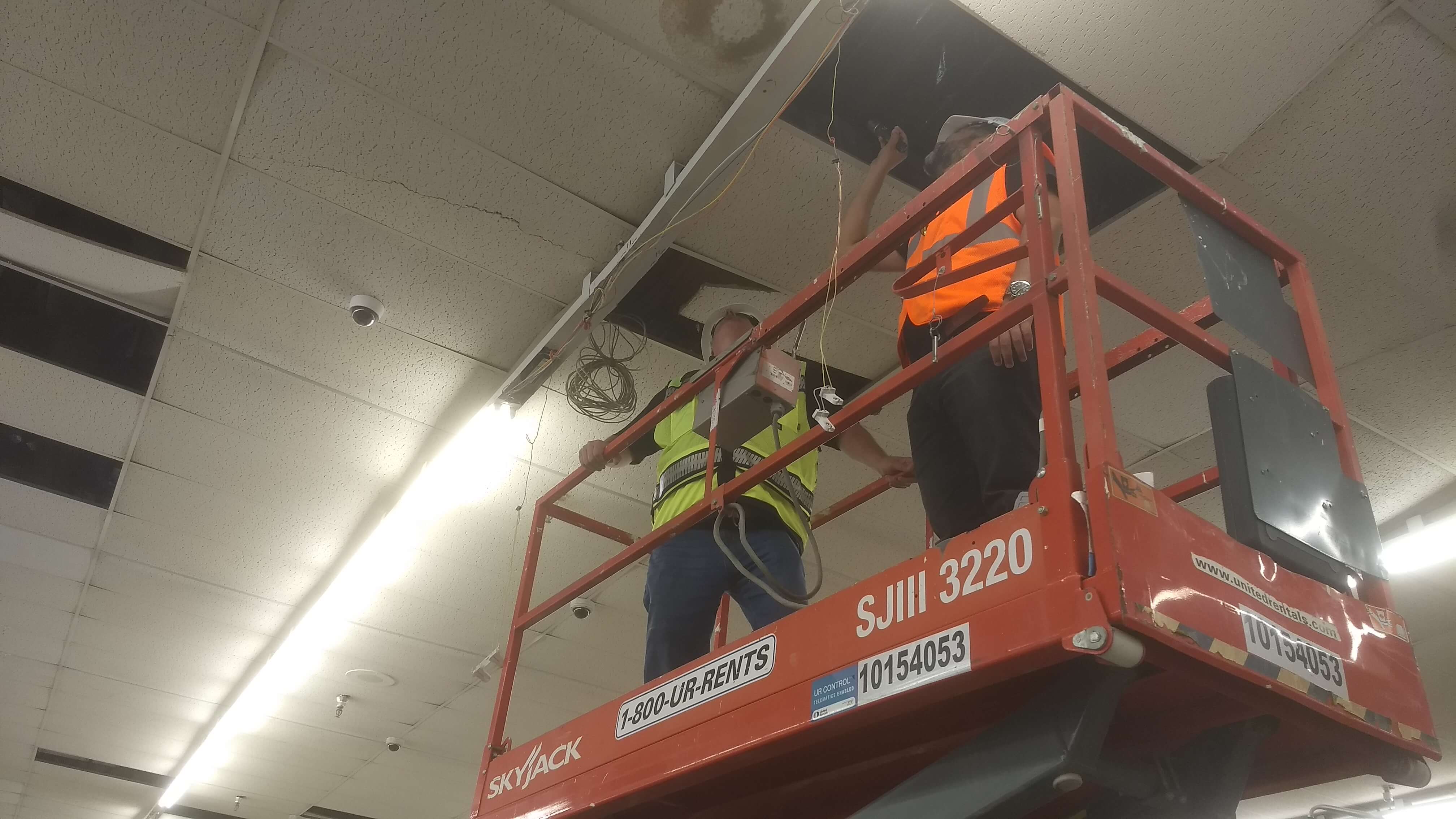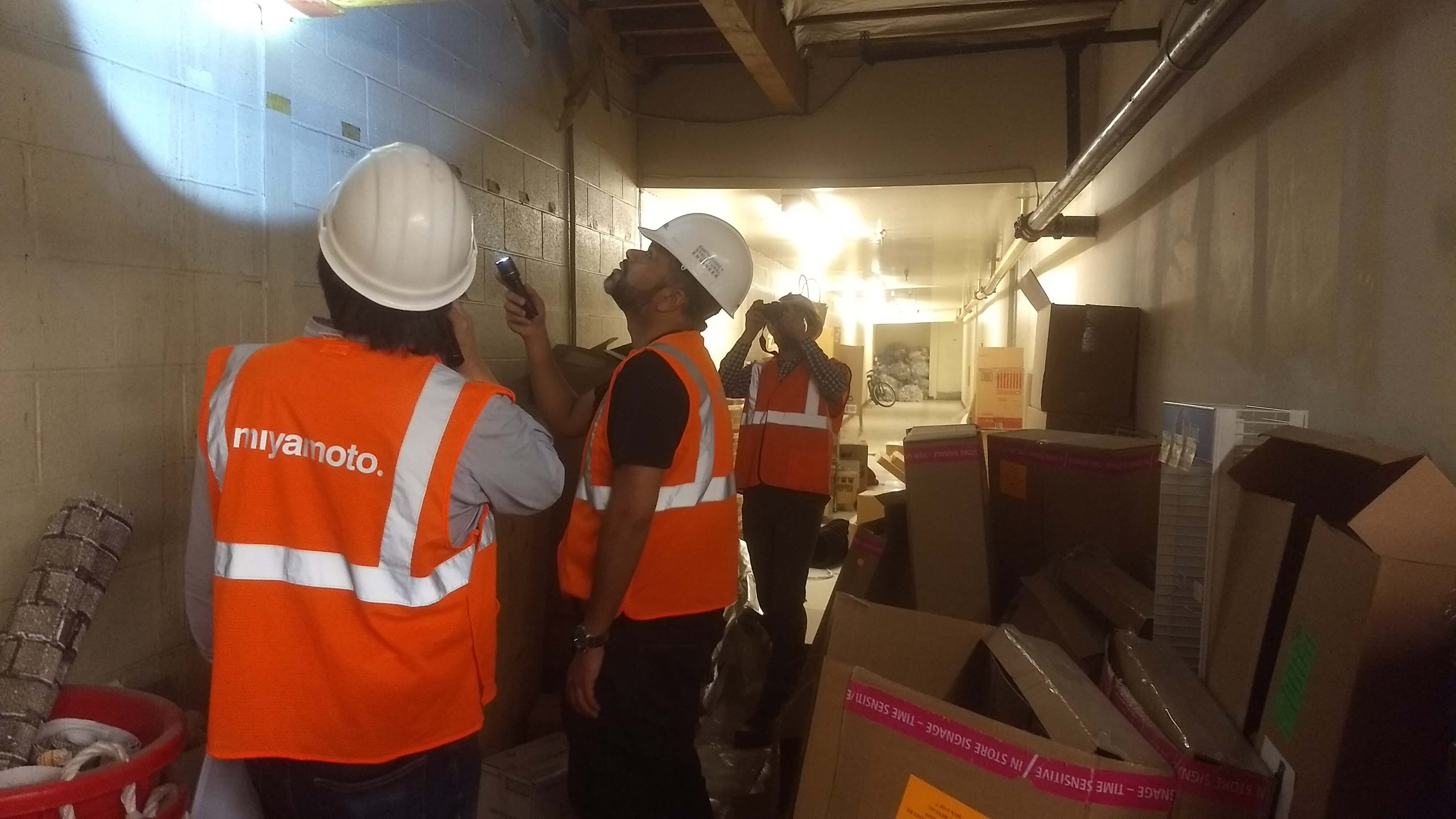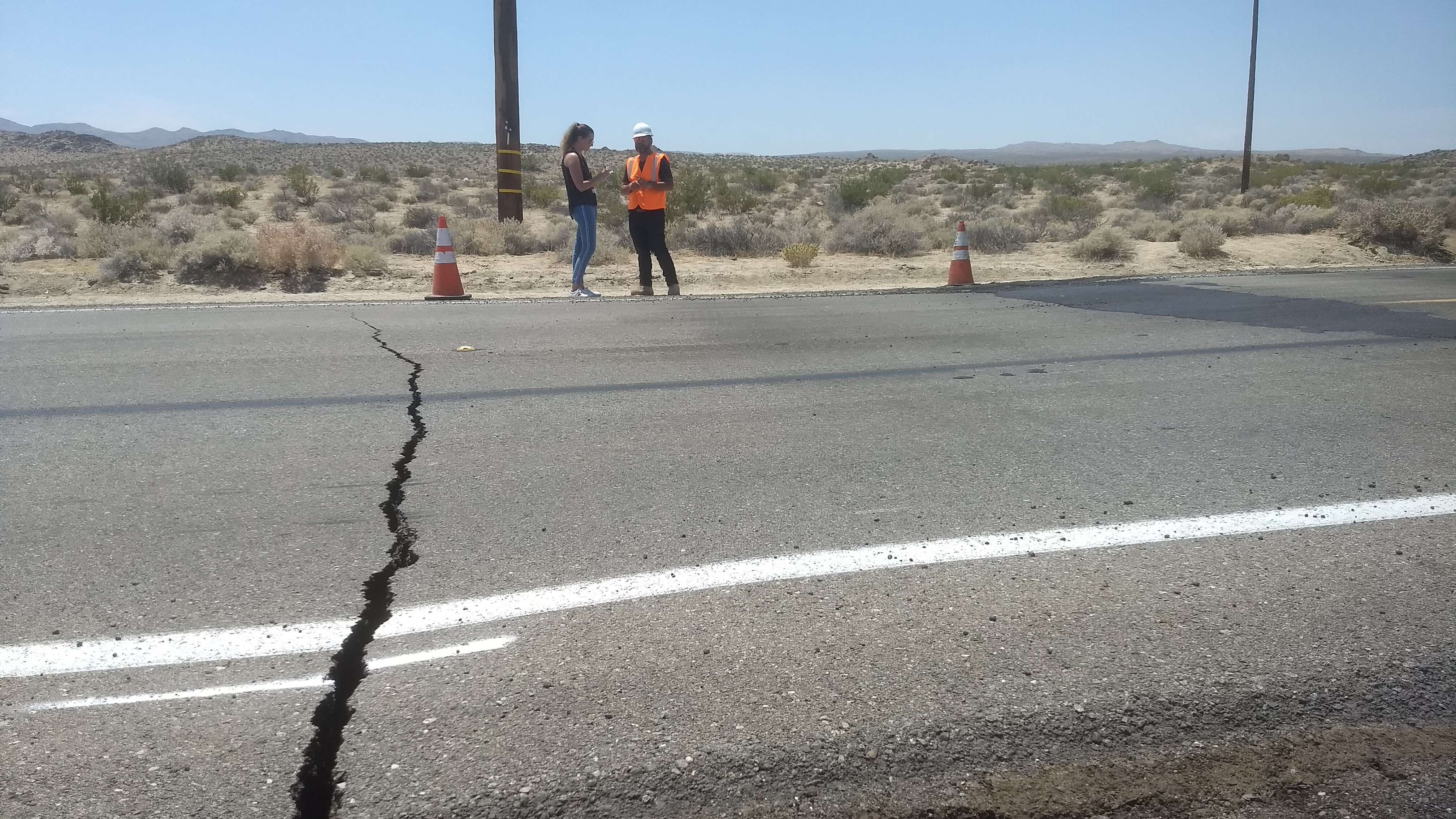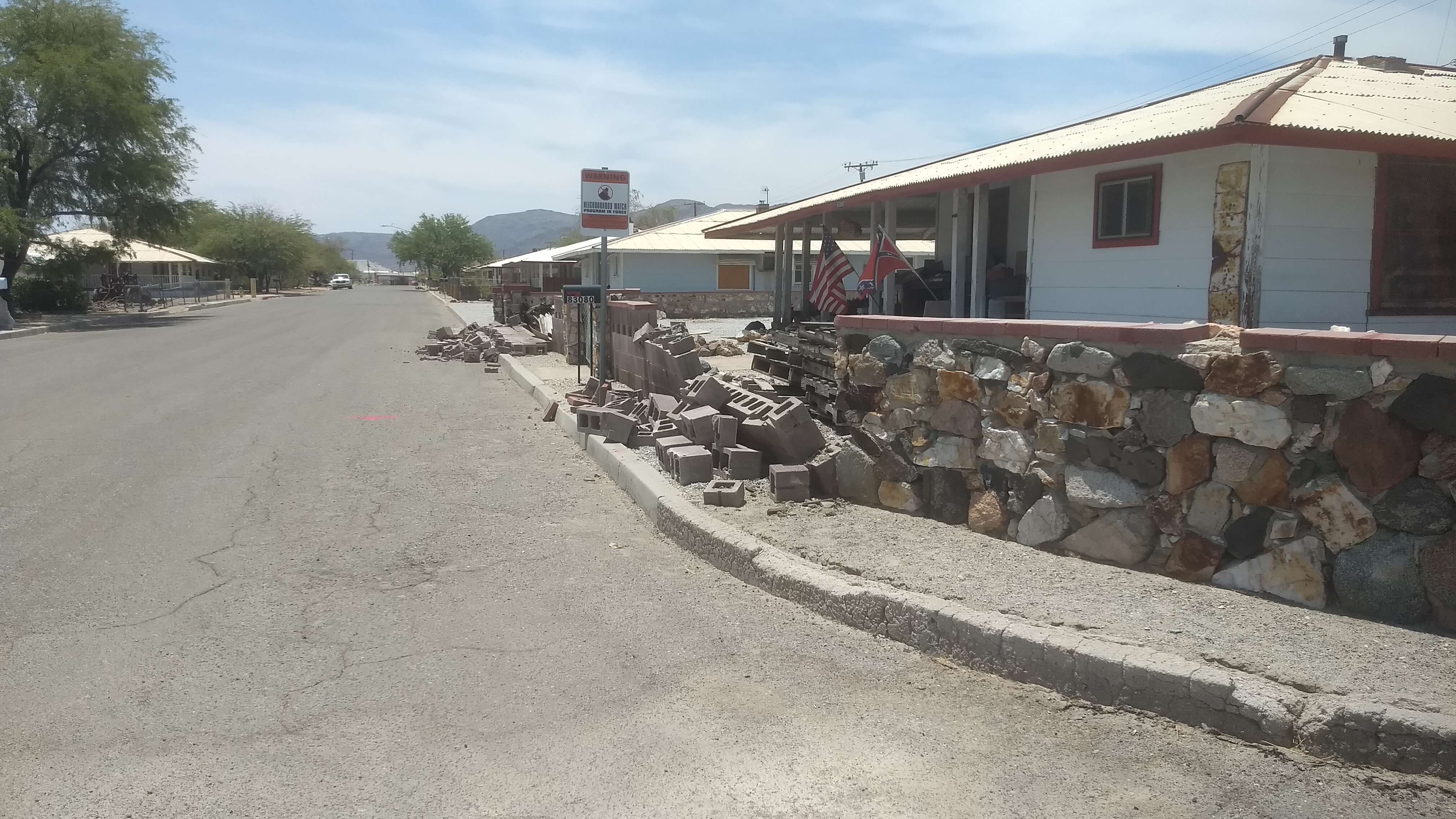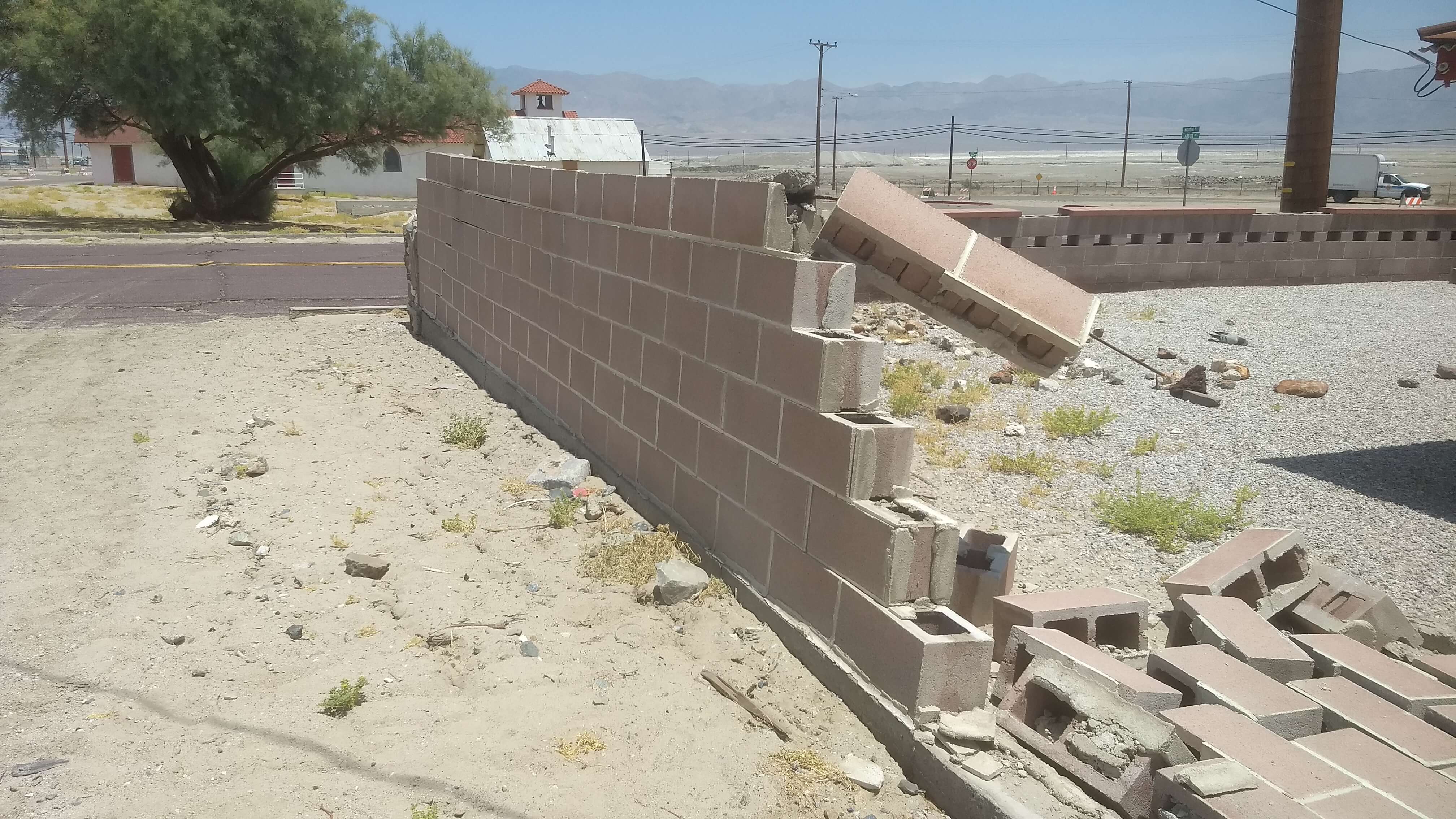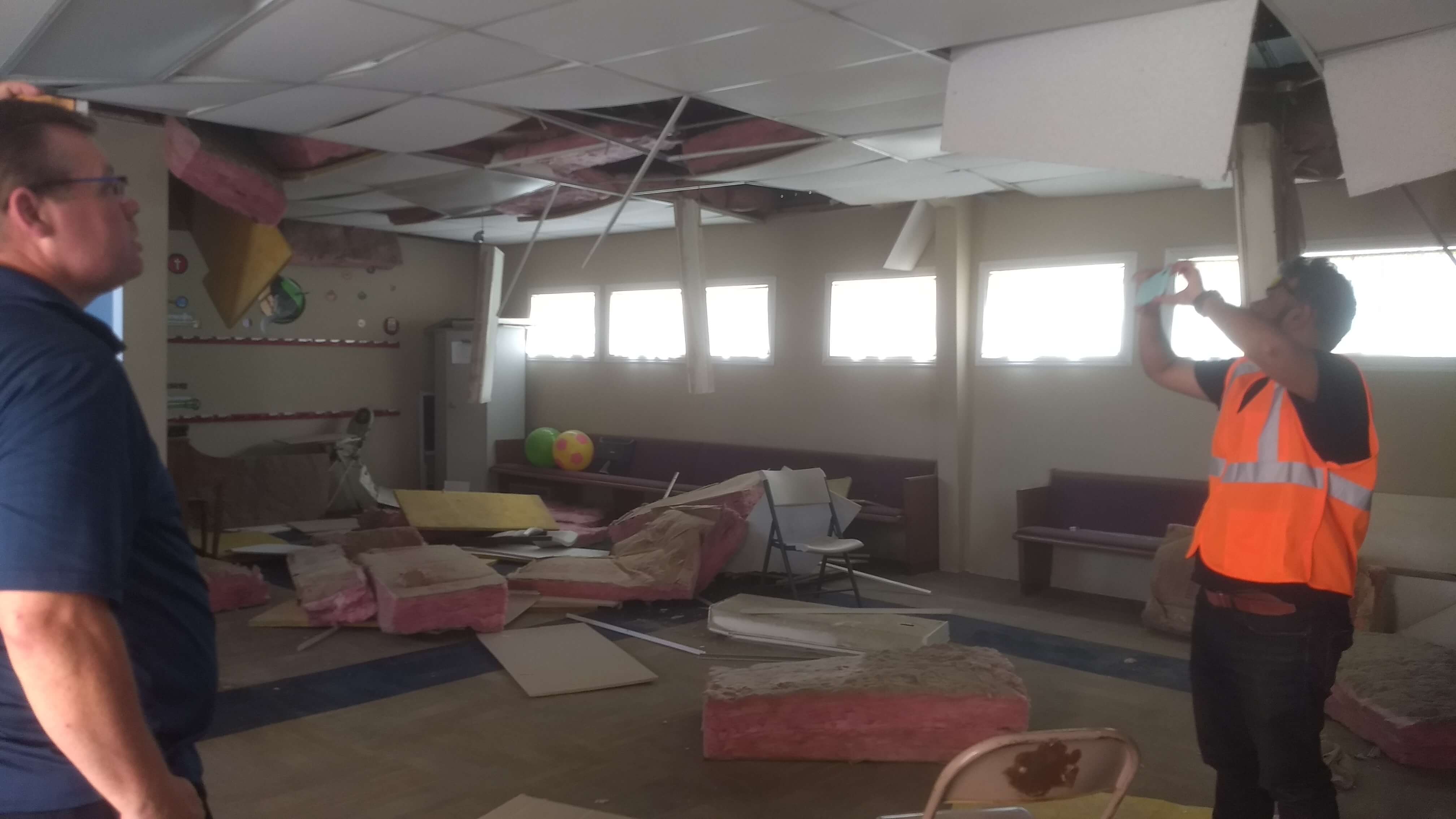RIDGECREST – Structural engineers from Miyamoto International conducted earthquake reconnaissance in the Searles Valley immediately after California’s magnitude 6.4 and 7.1 earthquakes on July 4 and 5. From an engineering perspective, Ridgecrest and Trona, the small towns most impacted by the earthquakes were lucky. Both have mostly one-story buildings that withstood the earthquakes reasonably well. Large urban areas would not be so lucky. And even in Ridgecrest and Trona, owners are finding that both structural and non-structural damage can take a long time to clean up and repair, putting closed businesses in financial stress.
A relatively new city in the high desert of California’s Kern County, Ridgecrest has mostly one-story, light-framed buildings with a smattering of one-story reinforced concrete block (CMU) buildings with wood framed roofs. Buildings made of wood or light steel are lighter than concrete or structural steel buildings, so they experience less force during an earthquake – and less damage. Most of the residential damage, if any, was to the non-structural components such as fence walls and canopies. We also assessed two major grocery stores and saw damage like ceiling panels dislodged or structural component issues, which were damaged while doing the job they were designed to perform.
Trona, a smaller city that lists mining as its major industry, had residential damage to older one-story houses with brick chimneys, which fell into houses. Chimneys are often the first to go. Fence walls that were damaged were built without reinforcing. Most of the damage was due to differential soil settlement caused by the earthquakes.
While Ridgecrest and Trona experienced minimal damage, this will not be the case in areas like Los Angeles or the Bay Area when an earthquake of this magnitude strikes there. This is because those urban centers have buildings of all types, sizes, heights, vintage and construction methods. “There’s a chance that 5 to 10 percent of the buildings in downtown Los Angeles, maybe up to 30 percent, will be red tagged,” said structural engineer Deepansh Kathuria. “We need to prepare now.”




